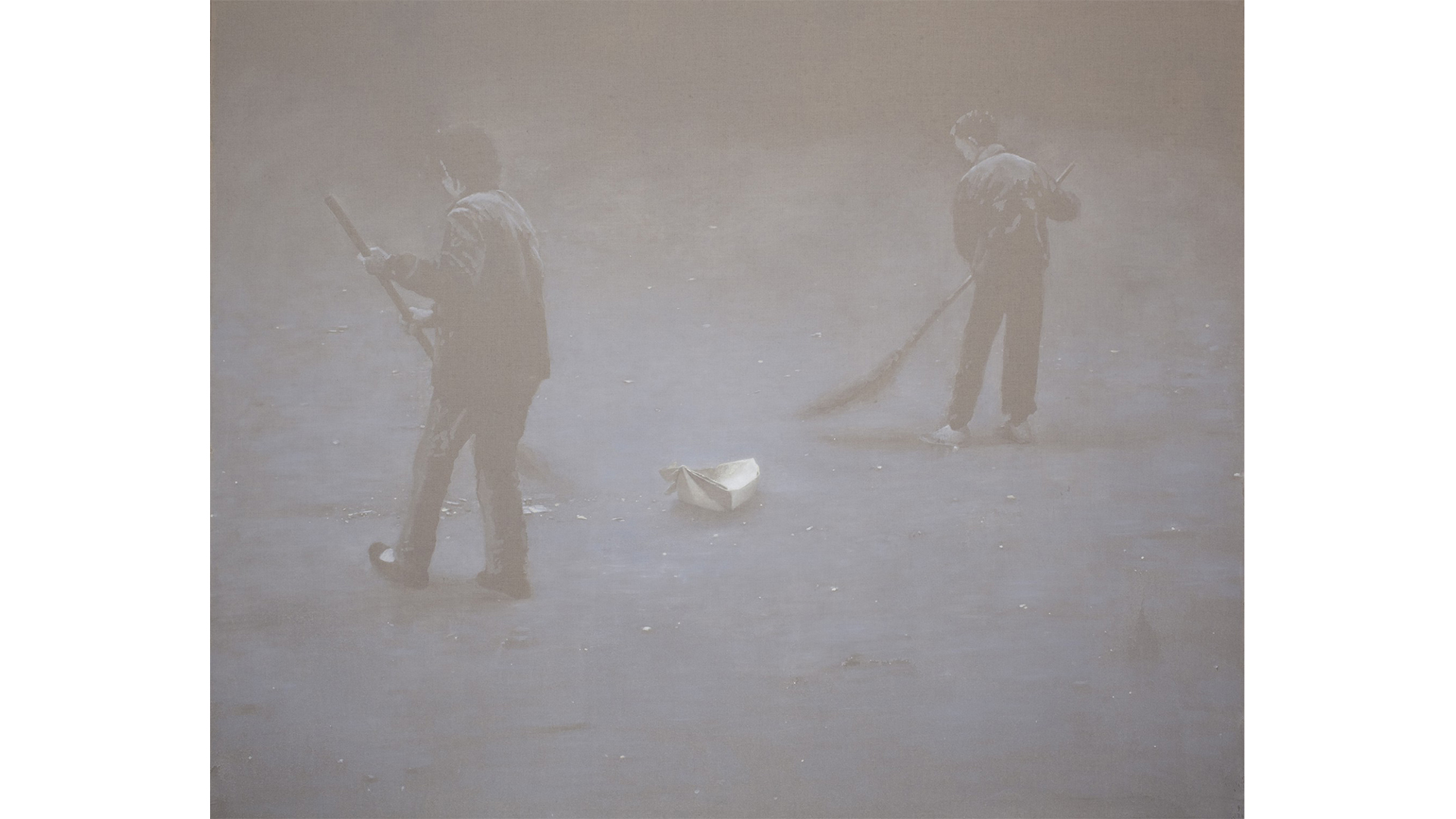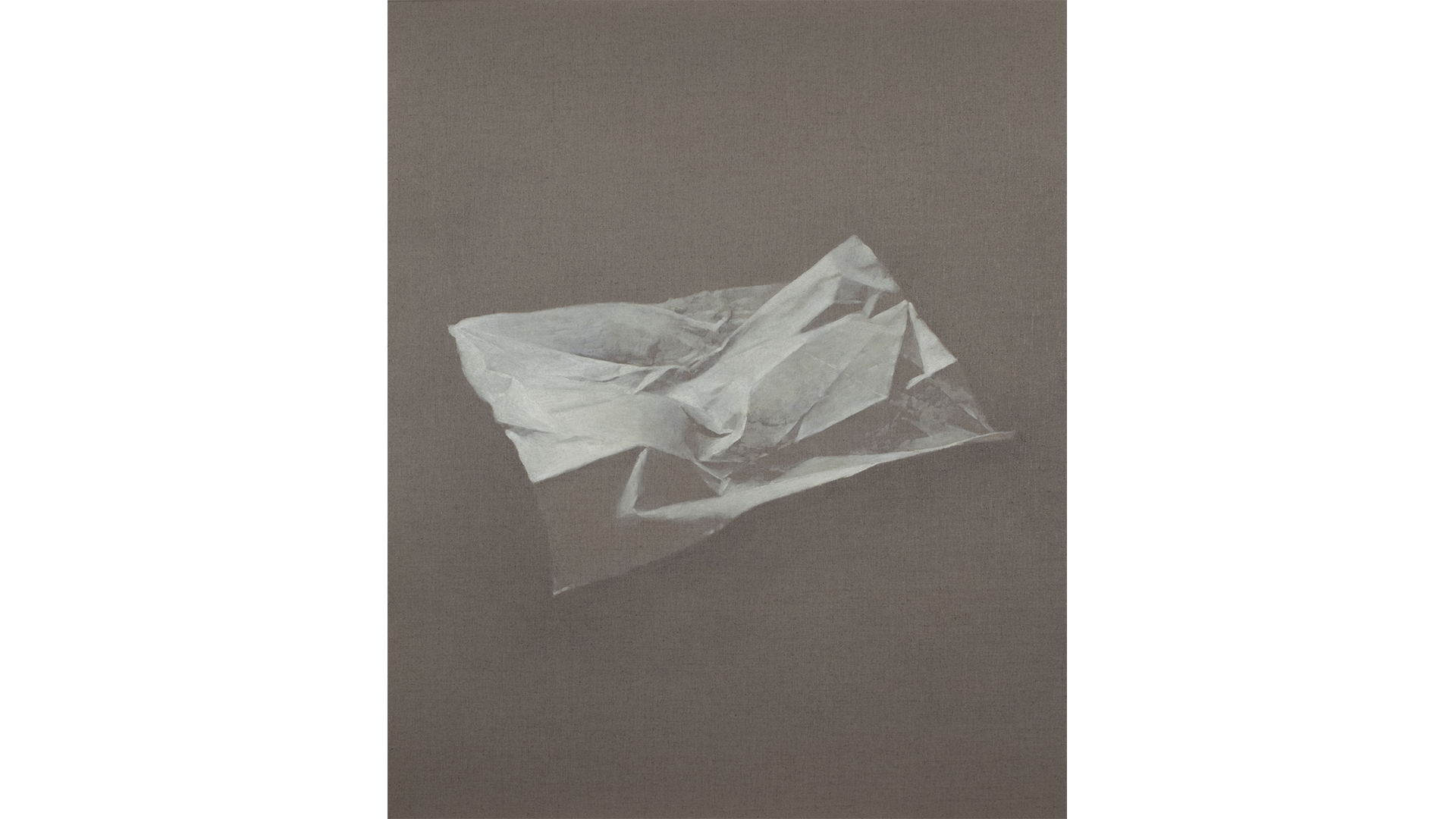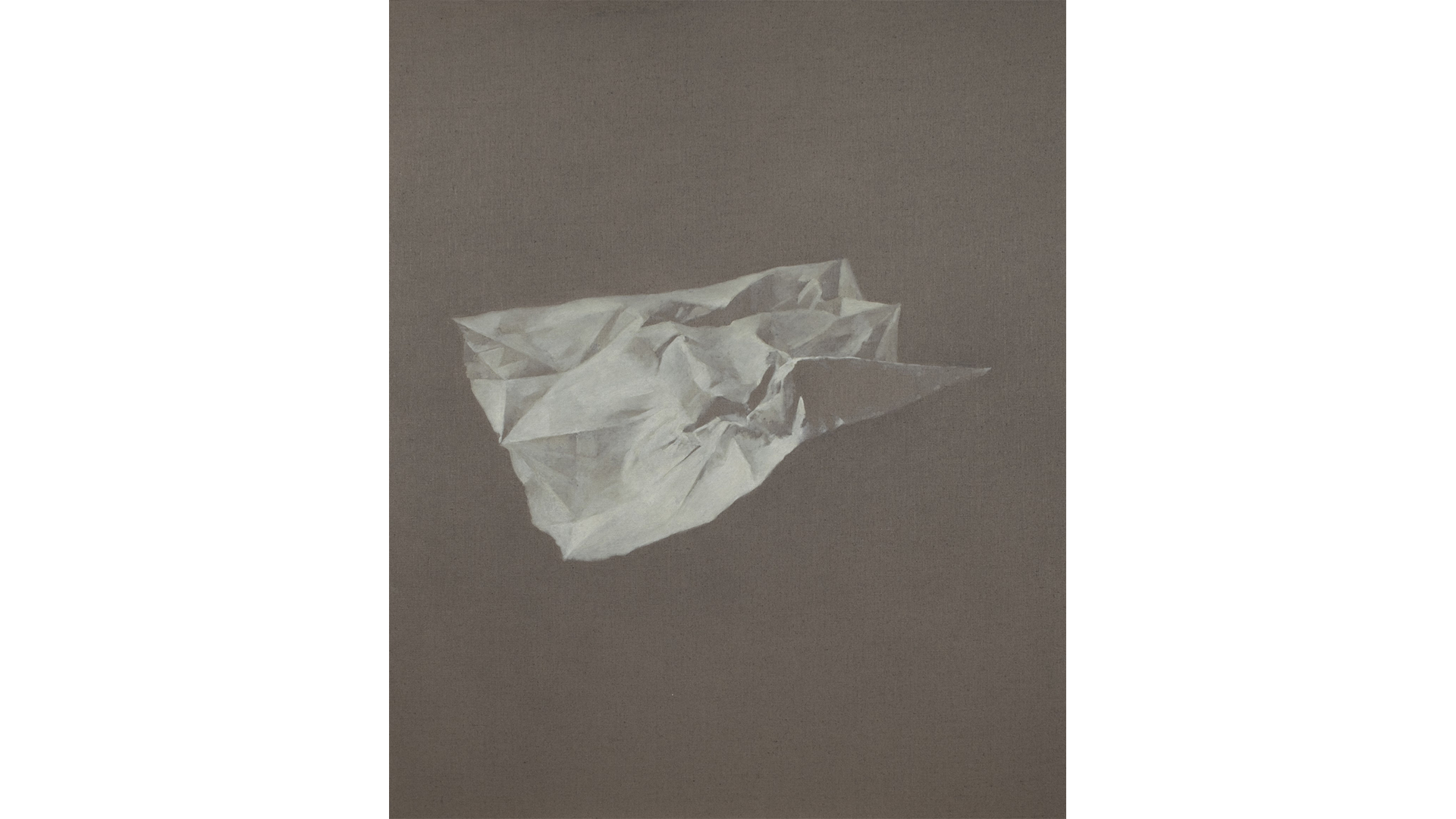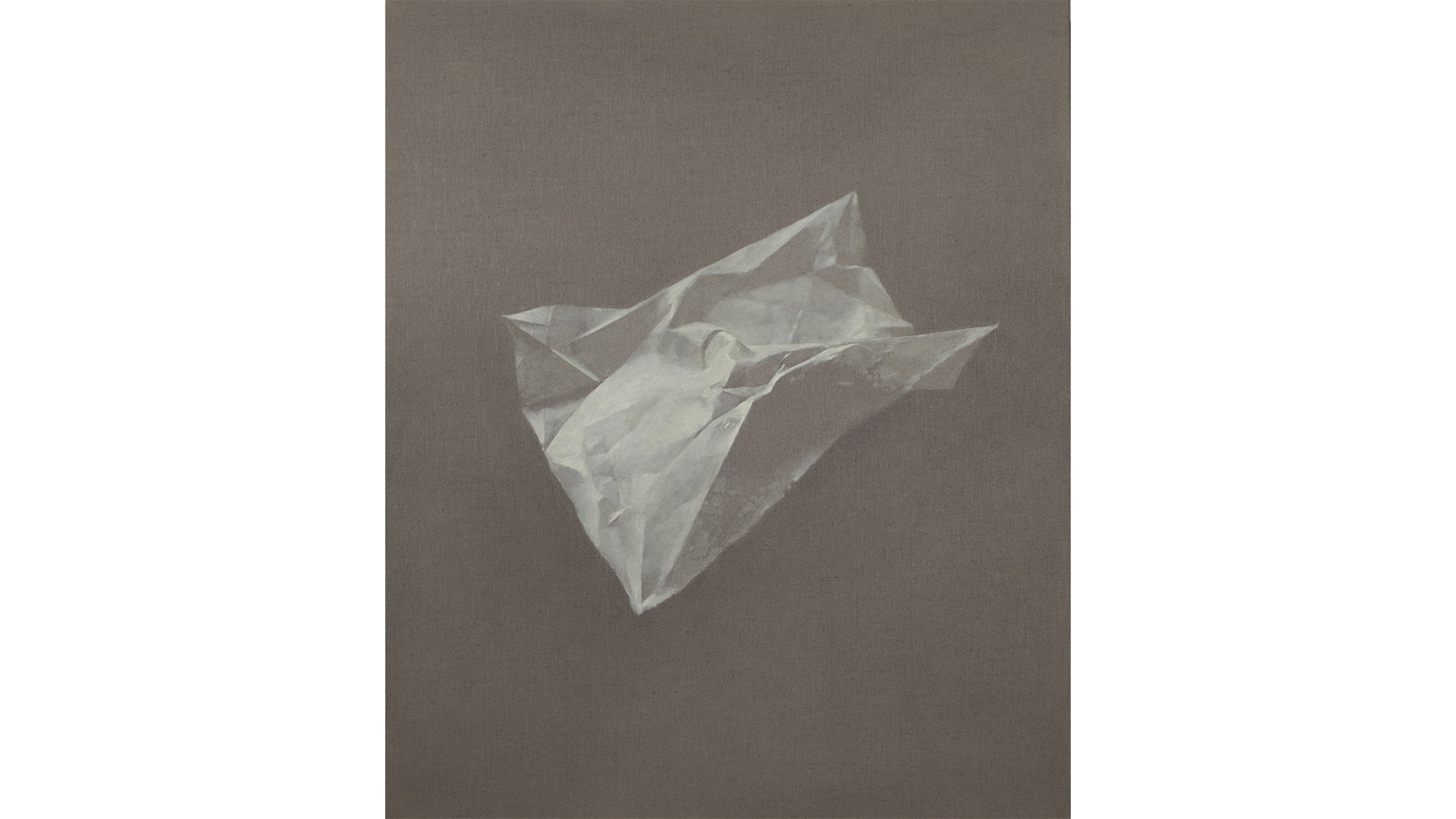Traces
The introduction of the concept of trace, which immediately triggers the more active notion of a traced-out path, allows us to resolve this seeming contradiction. The idea of the trace permeates all Mingjun Luo's explorations, including her scrutiny of her own trace in the world ("red dust") and of colour on canvas, Chinese ink on rice paper, pencil on paper and ephemeral installations in particular spaces. In her work the trace of a culture and accumulated memory finds concrete expression in a path made by paint or graphite, or even in a photograph or a video. This pendular movement triggered by the trace and the path – between fragment and totality (the trace being at once whole and fragment: a totality manifested as a single part), between the finite and the non-finite, between the journey and its goal – is actually the negotiating space, the third country, the free territory there to be conquered. Working from the concept of "creolisation", the French anthropologist, philosopher and poet Édouard Glissant takes issue with the "false universality of thought systems" and makes a case for a "trace thinking . . . valid for all": "I believe we have to move closer to trace thinking, a non-system of thought which will be neither dominant nor systematic nor intimidating, but rather intuitive, fragile, ambiguous and the best suited to the extraordinary complexity and dimensional multiplicity of the world we live in."








